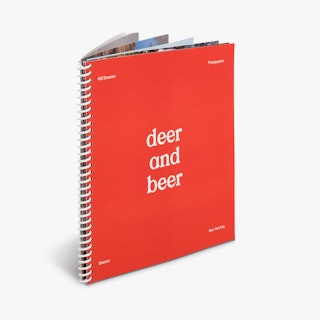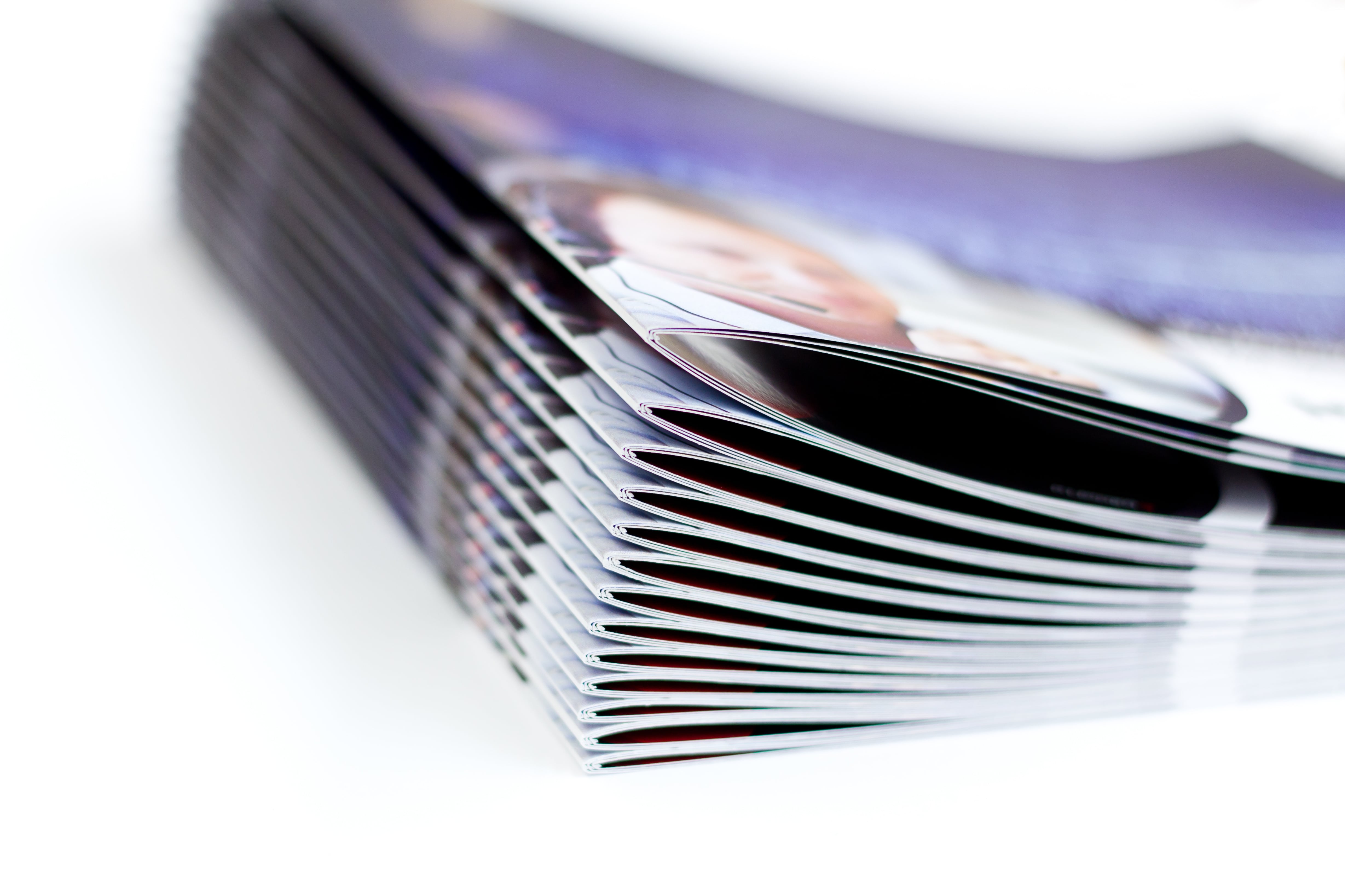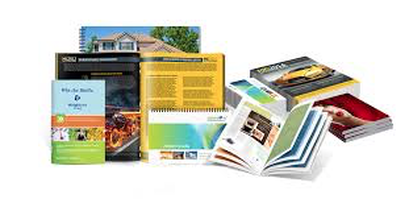Unlock the Power of Augmented Reality in Your Booklet Printing Projects
Unlock the Power of Augmented Reality in Your Booklet Printing Projects
Blog Article
The Important Overview to Recognizing Pamphlet Printing Options and Techniques
The procedure of pamphlet printing includes several factors to consider that can substantially influence the end product. From selecting the ideal style and dimension to recognizing the subtleties of binding approaches, each selection plays a crucial duty. In addition, aspects such as paper stock and printing techniques more affect the effectiveness of the booklet. As one navigates these choices, it ends up being crucial to comprehend just how they interconnect and what that indicates for the total result.
Recognizing Brochure Formats and Sizes
When thinking about pamphlet printing, comprehending the various styles and sizes available is essential for achieving the wanted presentation. Brochures can be produced in various formats, including saddle-stitched, spiral-bound, and perfect-bound, each offering unique benefits. Usual dimensions vary from standard letter (8.5 x 11 inches) to smaller sized choices like A5 (5.8 x 8.3 inches), permitting adaptability based upon web content and target audience.Selecting the suitable dimension can affect both the design and viewers involvement. Bigger sizes might fit visually driven content, while smaller styles may be more mobile and straightforward. In addition, the variety of pages influences the selection of binding method, as thicker brochures may call for sturdier bindings. Inevitably, recognizing these aspects enables a much more tailored method, making certain that the end product lines up with the intended message and visual, enhancing the total efficiency of the communication.
Selecting the Right Paper Supply

Binding Methods: Considerations and options
When it pertains to binding approaches for booklets, a number of alternatives are available, each with distinct advantages. Saddle stitch binding offers a cost-effective solution for thinner booklets, while excellent binding methods give a more polished try to find thicker magazines. Wire-O binding attracts attention for its toughness and convenience of usage, making it ideal for records that call for versatility.
Saddle Stitch Binding
Saddle stitch binding provides a practical and cost-effective service for constructing brochures, making it a popular selection amongst publishers and companies. This binding approach entails folding sheets of paper in fifty percent and stapling them along the fold line, creating a well organized and cool look. Usually suitable for brochures with a lower web page count, saddle sewing is ideal for publications, pamphlets, and educational materials. The simplicity of this method enables quick production and is usually preferred for short runs or promotional items. It is vital to keep in mind that saddle stitch binding may not be suitable for thicker brochures, as the back might not hold up under enhanced weight. On the whole, it stays a reliable option for many printing jobs.
Perfect Binding Strategies
Perfect binding is a widely made use of method that gives a specialist and polished finish to magazines and brochures. This method entails gluing the web pages with each other at the spinal column making use of a strong adhesive, permitting a clean edge and the capacity to hold a larger number of pages compared to saddle stitching. Perfect binding is particularly appropriate for thicker pamphlets, such as brochures and annual records, where a tough, flat back is wanted. Furthermore, it uses the option for a printed cover that can be developed to boost aesthetic charm. Considerations such as web page count, paper weight, and the intended usage of the pamphlet ought to be taken right into account, as they can impact durability and general top quality.
Wire-O Binding Choices
Wire-O binding, understood for its longevity and versatility, uses an excellent alternative for pamphlets that require very easy page transforming and an expert appearance. This binding technique uses a series of metal loopholes that hold pages securely, enabling them to exist level when open. It is specifically suitable for handbooks, magazines, and presentations due to its robust nature. Wire-O binding is offered in various shades and sizes, suiting different page matters and thicknesses. Additionally, it permits the incorporation of tabs and covers, improving the brochure's general aesthetic. Factors to consider for Wire-O binding include the option of cord color, the dimension of the loops, and the level of modification preferred, every one of which can greatly influence the end product's appearance and capability.
Digital vs. Offset Printing: Which Is Best for You?
When selecting a printing method for booklets, comprehending the differences between digital and balance out printing is crucial. Digital printing uses contemporary technology to create premium prints promptly and cost effectively, making it suitable for brief runs or jobs requiring fast turn-around times. It permits for customization, giving the capacity to publish on-demand with marginal waste.In contrast, offset printing is a typical method that masters creating large amounts with constant high quality. It involves transferring ink from a plate to a rubber blanket, after that to the paper, which results in specific information and vivid shades. Nevertheless, counter printing normally requires longer setup times and is much more economical for larger volumes.Ultimately, the option in between electronic and balance out printing relies on job needs, budget plan, and wanted quantity. For small, time-sensitive projects, electronic may be the very best option, while balanced out might be more suitable for larger, high-quality productions.

Creating Your Pamphlet: Tips and Ideal Practices
When creating a pamphlet, mindful focus to format, font style choice, and shade use can significantly improve its efficiency. A well-structured format guides the reader's eye, while proper typefaces ensure readability and communicate the desired tone. In addition, effective use shade can evoke feelings and highlight essential information, making the overall design a lot more impactful.
Selecting the Right Format
Just how can one efficiently select the best design for a brochure? It is crucial to assess the brochure's function and target audience. A clean, organized layout boosts readability and interaction. Utilizing a grid system can assist in aligning aspects continually, developing a professional look. Additionally, including visual power structure through differing sizes and placements of pictures and text can assist the viewers's eye and emphasize key info. It is also essential to leave sufficient white space, which stops overcrowding and enables far better emphasis. Testing different formats through mock-ups can give insight right into exactly how the layout executes in real-world situations, making certain that the last item satisfies both visual and useful requirements. Practical Selecting Ideal Fonts
An appropriate typeface can substantially enhance the total design of a pamphlet, complementing the layout and enhancing the content's message. The selection of typefaces must consider readability, especially for body message, as it guarantees the details is obtainable to all readers. Sans-serif fonts are commonly preferred for digital layouts, while serif fonts can lend a typical feeling in published products. It's a good idea to restrict font options to 2 or three to keep visual coherence. In addition, font size plays an essential role; headings should be not frustrating however unique, while body message must fit for reading. When picking fonts, alignment with the booklet's motif and target market is essential for reliable interaction and visual appeal.
Reliable Use Color
Shade works as an effective device in booklet design, directing and forming assumptions viewers feelings. It can evoke sensations of enjoyment, calmness, or depend on, depending upon the colors selected. Developers should think about color concept concepts, making certain that the picked combination lines up with the booklet's message and target audience. For instance, making use of warm colors like red and orange can produce seriousness, click over here while cooler tones like environment-friendly and blue foster tranquility.Additionally, comparison plays a crucial duty; complementary colors can enhance readability and aesthetic charm. Consistency in shade use across pages further reinforces brand identification and cohesion. Eventually, efficient shade application not only catches interest however likewise strengthens the brochure's purpose, making it an important facet of effective design.
Completing Touches: Coatings and Unique Impacts
While several think about the material and format of a brochure one of the most crucial elements, the ending up touches, such as finishings and special results, play a necessary duty in boosting its general appeal. Coatings can offer protection and sturdiness, making sure that the booklet holds up against wear and tear. Matte finishes offer an advanced, non-reflective surface, while shiny layers can make shades appear more dynamic and eye-catching. Unique impacts, like embossing or aluminum foil stamping, include a tactile dimension that can produce a remarkable impact. These methods can highlight details locations, attracting interest to vital info or producing aesthetic rate of interest. Additionally, UV covering can supply a high-shine surface that raises the total look.Together, these finishing touches not just improve the brochure's visual yet additionally interact professionalism and focus to detail, inevitably leaving a lasting impact on the visitor.
Price Factors To Consider for Booklet Printing
Comprehending the different price considerations for pamphlet printing is important for organizations and businesses intending to enhance their spending plans. Key factors affecting expenses consist of the option of ink, binding, and paper approaches. Better products, such as exceptional paper or specialized inks, generally raise the overall cost. Additionally, the size and page count of the brochure play a significant function; larger booklets require more sources and time to produce.Another essential consideration is the printing strategy, whether digital or countered, as each has its very own pricing framework and viability for various amounts. Services must likewise factor in design prices, which can vary based on intricacy and making use of professional solutions. Eventually, shipping and check that handling costs can include in the total amount, specifically for big orders. By examining these aspects, companies can make educated choices that align with their financial capabilities while attaining the preferred high quality in their printed products.
Regularly Asked Inquiries
What Are the Environmental Effects of Pamphlet Printing?
The ecological impacts of pamphlet printing include deforestation from paper manufacturing, carbon exhausts from transportation, and waste generation from disposed of materials - Booklet Printing. Lasting methods, such as using recycled paper and eco-friendly inks, can reduce these effects
How Can I Guarantee Color Precision in My Pamphlet?
To assure shade accuracy in a brochure, one should use adjusted screens, utilize professional color profiles, conduct test prints, and choose high-quality printing services that supply shade matching and proofing choices for best results.
What Is the Typical Turn-around Time for Pamphlet Printing?
The common turnaround time for booklet printing differs depending upon the complexity and amount - Booklet Printing. Usually, it ranges from a couple of days to two weeks, affected by elements such as publishing techniques and finishing demands
Are There Minimum Order Quantities for Brochure Printing?

Can I Publish Brochures in Several Languages?
Printing pamphlets in numerous languages is possible. Many printing services use choices for multilingual or bilingual designs, enabling efficient communication. Careful planning assurances that create components accommodate numerous languages without compromising readability or aesthetics. In addition, factors such as paper supply and printing techniques additional influence the efficiency of the pamphlet. When taking this contact form into consideration pamphlet printing, recognizing the different styles and sizes offered is crucial for accomplishing the wanted discussion. When choosing a printing method for brochures, understanding the differences between electronic and offset printing is crucial. Additionally, the size and page matter of the pamphlet play a substantial function; bigger pamphlets need more resources and time to produce.Another essential factor to consider is the printing method, whether electronic or offset, as each has its own rates structure and viability for different amounts. The ecological impacts of booklet printing consist of logging from paper production, carbon discharges from transportation, and waste generation from discarded products.
Report this page